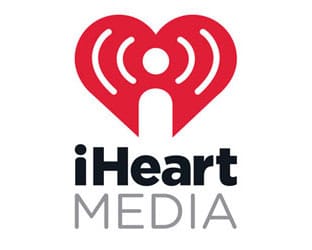In fact, the 18-34 sector of the population listens to radio 21.5 hours weekly, right in line with the population as a whole. And Nielsen says it knows where it found the extra members of the demo.
The sample size of the study is a solid 119K, representing a population of 14M. It also used address-based sampling, rather than phone-based, which it claims produces a sample representing 98% of the population.
It also made sure that 15% of its sample was comprised of cell-phone only households – and this is where the 18-34s showed up. In fact, Nielsen said, the CPO group was a stronger radio audience than 18-34s as a whole by an hour and a half, posting average listening time of 23 hours per week.
Cumulus’ Lew Dickey commented on the results, saying, “By measuring the listening habits of 98% of the population instead of the 65% that we have been getting, Nielsen has dispelled many of the harmful untruths that have plagued our medium among the ad buying community. Most notable is the notion that radio has lost its hipness and relevance among younger audiences. Nielsen’s data proves that this is clearly not the case and it will clearly lead to a stronger appreciation of radio over time.”
Speaking with RBR/TVBR at the NAB Radio Show in Philadelphia, Lorraine Hadfield, Nielsen’s Managing Director for Global Radio Audience Measurement, noted that the higher listening to radio from CPO households and strong 18-34 listening had been key findings from the company’s first US radio test market – Lexington, KY – and that some people had wondered whether that was an aberation. “What I was pleasantly surprised about was that what we saw in Lexington was consistent across the 51 markets,” she said.
RBR-TVBR observation: This data adds up to one word: Future, as in radio has one. This should be seen as very good news – now it’s time to go out there and turn it into some revenue.




